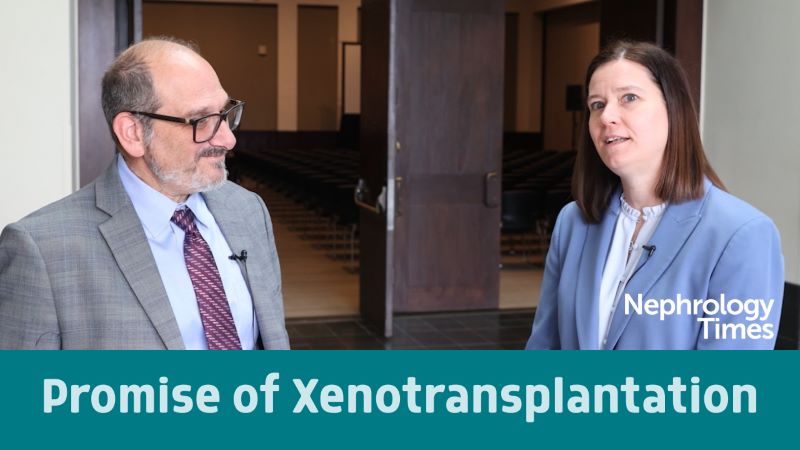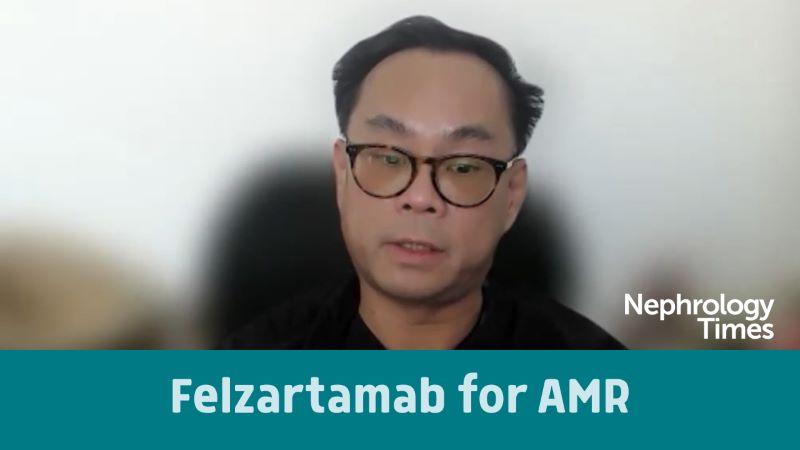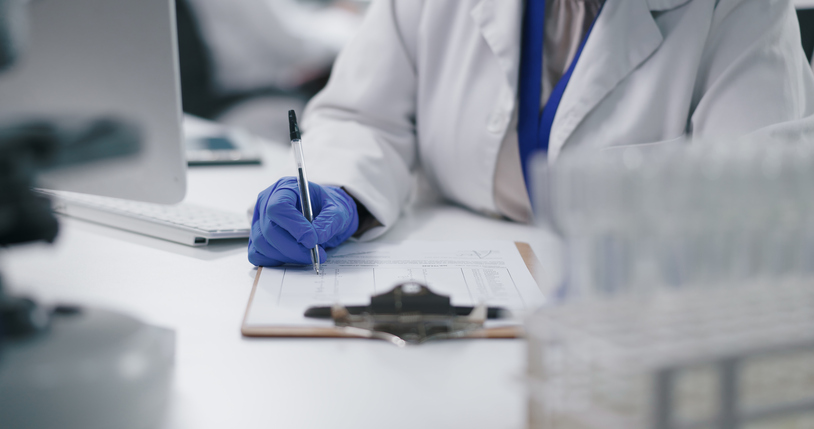Overcoming Kidney Donation Challenges
By Thomas Pham, MD, Charlotte Robinson - Last Updated: April 15, 2025Thomas Pham, MD, is pediatric kidney transplant surgical director at Stanford Medicine Children’s Health, which performs the highest volume of pediatric kidney transplants in the United States. The facility participates in a kidney paired exchange program, allowing a donor whose kidney is incompatible with their intended recipient to exchange their kidney with the donor from another incompatible pairing to create 2 compatible pairs.
Dr. Pham spoke to Nephrology Times during National Donate Life Month in April.
Could you provide background on Stanford Children’s paired kidney exchange program?
As far as paired kidney exchange, Stanford Hospital and Stanford Children’s have been participating in this for at least 10 to 15 years. I don’t know exactly the date that we started it.
Stanford Children’s has been participating in the kidney exchange through a program called the National Kidney Registry, also known as the NKR, and it is a company that helps provide the logistics and the registries to match with other recipients and donors out there. This is the largest company available and probably the most popular company that’s used to do the kidney exchange.
We offer a kidney exchange for all of our patients, but the number of people that have participated in it has probably been about approximately 5 to 6 that come to mind, and they’ve participated in several ways. Some of them have participated in being advanced donors, where they donate now so that their child can receive a kidney in the future when they’re ready for transplant or appropriate for it. Some people have gone together and donated at the same time that they received the kidney, and that’s what we call a true paired exchange. We’ve had people who didn’t even know the recipient enter into the exchange and find them an available kidney [recipient] for transplant, and this is known as nondirected donation.
Are there additional issues and challenges around donation specific to pediatric transplant?
You can argue, when it comes to living donation, sometimes we are limited by the type of kidney that we can choose for a child, especially for a very small child. That might be because of the anatomy of the kidney or the size of the kidney. So, we try to always optimize the ways they could get a kidney transplant, whether [through] living donation or through deceased donation.
As far as other challenges, when it comes to deceased donation organ allocation, there are challenges in that the best kidneys sometimes are allocated to other patients aside from pediatric patients. But that’s an ongoing debate as far as where those kidneys should get priority.
What are your thoughts on strategies for promoting kidney donation, such as through legislation?
Past data, looking at the decades of donation, people who have donated have been people who are at a higher income or come from zip codes where there is more college education and higher incomes overall. To create equity in the field, legislation to promote support for lost wages and things like that definitely is something that, in my opinion, should be done for people who want to donate organs.
Other legislation that is commonly talked about is how we opt in or opt out for deceased donor organ donation—meaning, right now, the system in the United States is an opt-in system. So, one [change in] legislation that possibly could increase the amount of organs available is [to] have it as an opt-out system where people can, at the time of, for example, signing up for a driver’s license, actively opt out of the system if they do not want to become a donor.
What role can nephrologists play in promoting donation during Donate Life Month—or any time of year?
I think Donate Life Month is a great month to bring focus back to organ donation from living donors and deceased donors. As far as the role that nephrologists can play… I think if they have patients who have chronic kidney disease, to think about and educate their patients about kidney transplant, organ donation, especially living donation, early on, so that if people do have a living donor available, they can actually plant that seed, so they can start thinking and talking about it before the need or emergent need for dialysis comes up.






 © 2025 Mashup Media, LLC, a Formedics Property. All Rights Reserved.
© 2025 Mashup Media, LLC, a Formedics Property. All Rights Reserved.